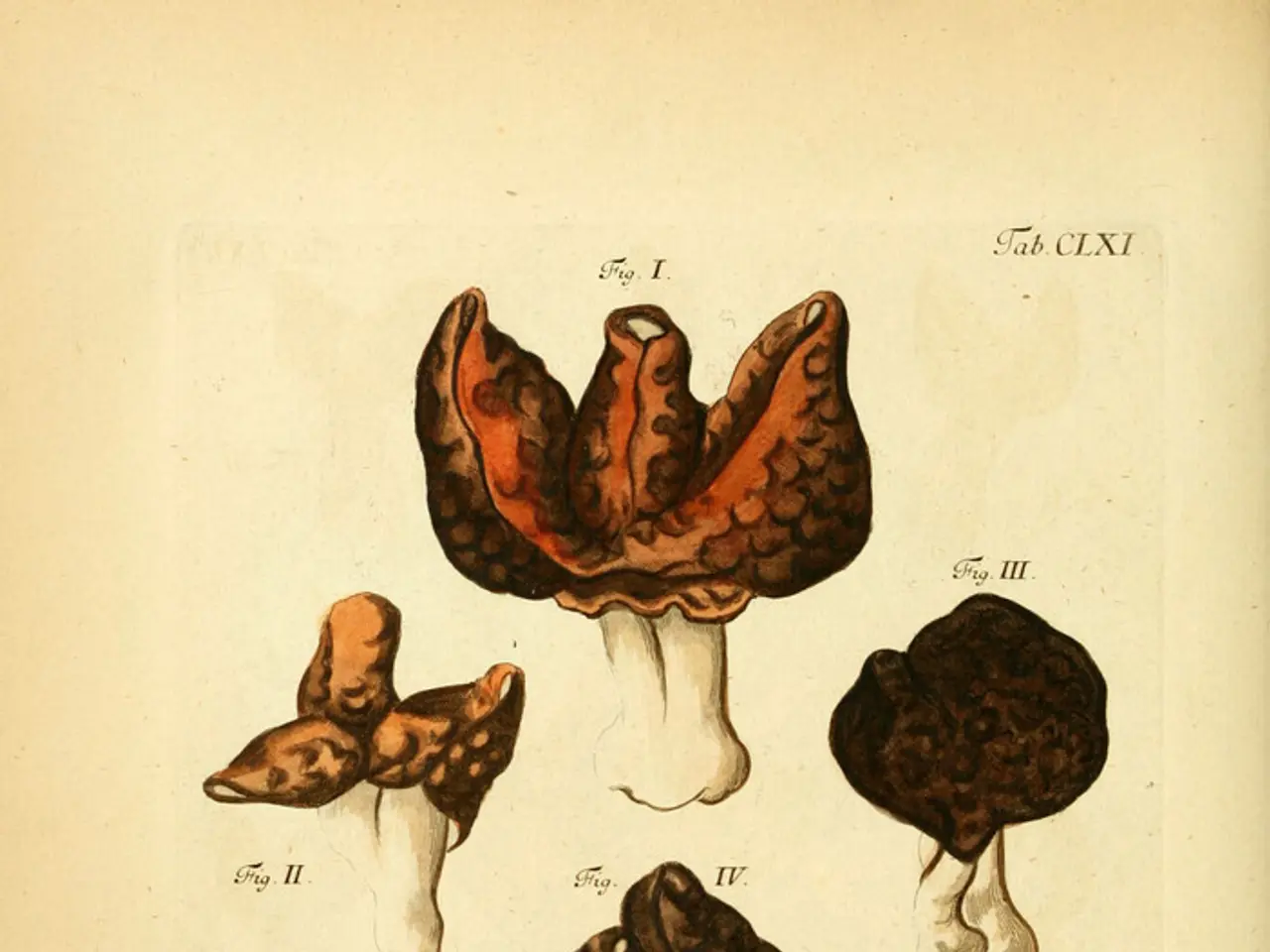Speed of Propranolol's Effectiveness for Anxiety
Propranolol, a type of beta-blocker, has found a niche in the treatment of acute anxiety symptoms. This medication, often prescribed for heart-related issues and migraines, has an antianxiety effect that can provide rapid relief from physical symptoms such as rapid heartbeat, sweating, dizziness, and shaky hands or voice [1].
The onset of Propranolol's effects on anxiety symptoms is typically within 30 to 60 minutes after oral intake [2][4]. The peak effect usually happens about 1 to 4 hours after taking the medication [2]. For situational anxiety, such as public speaking, a single dose of 10-40 mg taken 30-60 minutes before the event is generally sufficient [3][5].
The drug's effects last several hours, with dosing being repeated every 6 to 8 hours, depending on the clinical need and guidance from a healthcare professional [5]. While it quickly alleviates immediate physical symptoms, the full benefits for chronic conditions may take weeks [4].
Propranolol is most effective for the first 4 hours after taking it [6]. It's important to note that Propranolol does not treat the underlying causes of anxiety. A person will need additional therapies, such as psychotherapy, other medications, or lifestyle adjustments, to manage anxiety effectively [1].
Propranolol has a half-life of about 4-6 hours [7]. While it is generally safe to take, it can cause side effects, including gastrointestinal problems, rashes, erectile dysfunction, a slow heart rate when stopping the medication, low blood pressure, and an increased risk of anesthesia complications [8]. An extended-release version of Propranolol is available, but it's not typically prescribed for anxiety [9].
When considering Propranolol for anxiety treatment, it's crucial to discuss any medications you're taking with your prescribing doctor to determine if there are any potential interactions [10]. Other effective treatments for anxiety include psychotherapy, stress management techniques, and support from organizations and support groups [11].
Taking Propranolol with protein-rich foods can increase its bioavailability in the blood by 50% [12]. Depending on the person's needs, a doctor may recommend taking Propranolol multiple times a day or only before a stressful event [1].
In summary, Propranolol offers a quick solution for acute anxiety symptoms, with a typical dose of 10-40 mg taken 30-60 minutes before anxiety-provoking situations [2][3][5]. However, it's essential to continue with other therapies for anxiety while taking Propranolol and to consult with a healthcare professional for personalised advice.
References:
- Mayo Clinic
- MedlinePlus
- Psychiatry Advisor
- British Journal of Clinical Pharmacology
- Therapeutic Advances in Psychopharmacology
- British Journal of Clinical Pharmacology
- Drugs
- Mayo Clinic
- Medscape
- Mayo Clinic
- Anxiety and Depression Association of America
- Drugs
- Beyond its use in heart-related issues and migraines, Propranolol, a beta-blocker, has been found useful in treating acute anxiety symptoms, due to its antianxiety effect that can alleviate physical symptoms like rapid heartbeat.
- For individuals suffering from situational anxiety, such as public speaking, a single dose of 10-40 mg Propranolol, taken 30-60 minutes before the event, is typically sufficient.
- The onset of Propranolol's effects on anxiety symptoms is within 30 to 60 minutes after oral intake, with the peak effect occurring about 1 to 4 hours after consumption.
- Propranolol's effects last several hours, with dosing being repeated every 6 to 8 hours as needed, based on clinical guidance and individual health condition.
- While Propranolol quickly eases immediate physical symptoms, its full benefits for chronic anxiety conditions may take weeks to become apparent.
- It's important to note that Propranolol does not address the root causes of anxiety; thus, additional therapies such as psychotherapy, other medications, or lifestyle adjustments are necessary for managing anxiety effectively.
- Propranolol has potential side effects, including gastrointestinal problems, rashes, erectile dysfunction, a slow heart rate upon stopping the medication, low blood pressure, and an increased risk of anesthesia complications.
- A doctor might recommend taking Propranolol multiple times a day or only before stressful events, depending on the person's needs. Taking Propranolol with protein-rich foods can increase its bioavailability in the blood by 50%.




